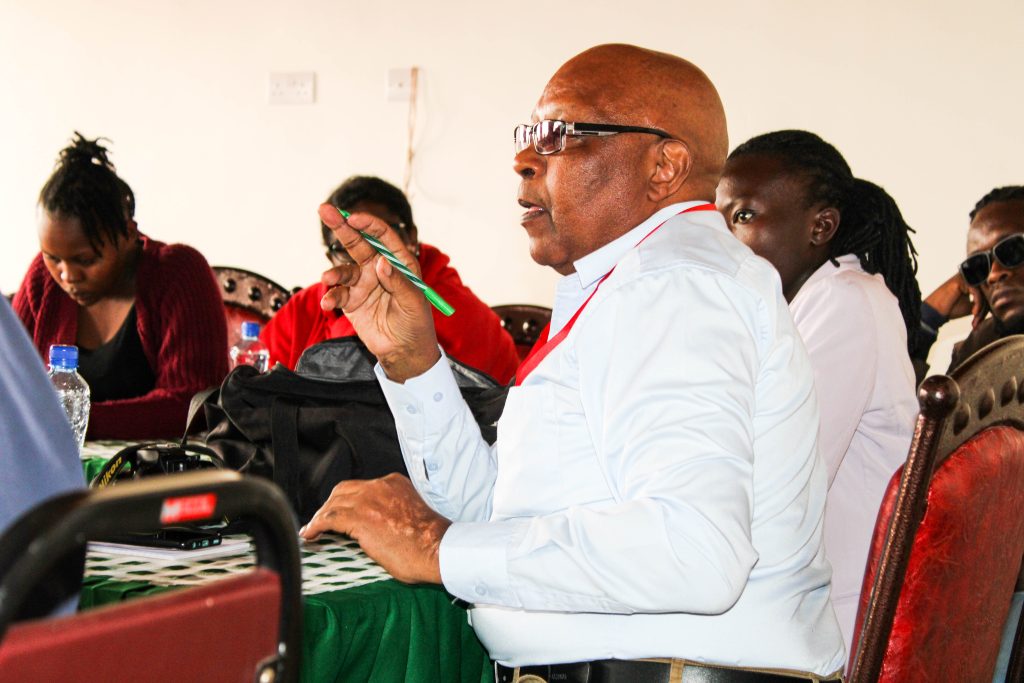
In recent years, there has been a growing global movement to combat harmful traditions and practices such as Female Genital Mutilation (FGM) and Sexual Gender-Based Violence (SGBV). These issues have a particularly deep-rooted impact on vulnerable communities, including the Maasai people. To address this concern, a groundbreaking initiative was undertaken to train journalists and media houses on how to effectively sensitize the Maasai community about the dangers of FGM and SGBV through their platforms. This blog post explores the significance of this training and its potential to drive positive change within the Maasai community.
Understanding the Cultural Context:
The Maasai community, renowned for their rich cultural heritage, has long grappled with the persistence of harmful practices like FGM and SGBV. These issues are deeply entrenched in traditional beliefs and societal norms, making it challenging to raise awareness and bring about behavioral change. Recognizing the pivotal role of the media in shaping public opinion, an initiative was launched to equip journalists and media houses with the knowledge and skills required to effectively address these sensitive topics.
Training and Capacity Building:
The training program aimed to enhance the capacity of journalists and media houses to responsibly and ethically report on FGM and SGBV. Participants underwent comprehensive sessions that included an in-depth understanding of Maasai culture, the social implications of FGM and SGBV, and the psychological and physical consequences these practices have on individuals and communities.
Sensitization Strategies:
To bring about lasting change, it is crucial to employ strategic sensitization approaches that resonate with the Maasai community. Journalists and media houses were trained on various techniques, such as culturally sensitive storytelling, community engagement, and the use of local languages. By tailoring their messages to the specific needs and values of the Maasai people, media professionals could break down barriers and foster dialogue on these sensitive topics.
Collaboration and Community Involvement:
Recognizing that sustainable change requires a multi-stakeholder approach, the training emphasized collaboration between media professionals and community leaders. By engaging local influencers, including elders, women’s groups, and youth organizations, journalists could access valuable insights, build trust, and encourage community participation. Additionally, partnerships with NGOs and grassroots organizations provided avenues for support, resources, and expertise.
The Power of Media:
Media platforms hold immense power to shape public opinion and influence social norms. By equipping journalists and media houses with the necessary tools and understanding, the training aimed to harness this power for positive change. Through responsible reporting, raising awareness, and challenging entrenched beliefs, media professionals have the potential to transform attitudes, empower individuals, and eventually eradicate harmful practices like FGM and SGBV.
Measuring Impact:
Tracking the impact of media interventions is essential to gauge the effectiveness of sensitization efforts. The training program incorporated monitoring and evaluation mechanisms to assess changes in public perception, community engagement, and individual behaviors. By regularly evaluating the impact of their work, media professionals can adapt their strategies, refine their messaging, and maximize the reach and effectiveness of their campaigns.
By training journalists and media houses on how to sensitively address the Maasai community about the dangers of FGM and SGBV, this initiative takes a significant step toward combating these harmful practices. By utilizing the power of media and fostering collaboration with community stakeholders
